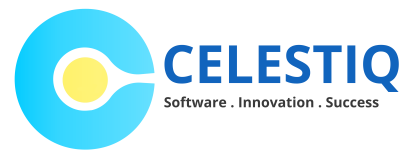Security is a crucial concern for Software as a Service (SaaS) applications, as they store and process sensitive data for businesses and individuals. With the increasing number of data breaches and cyber attacks, it’s important for SaaS providers to prioritize security in order to protect their customers’ data and maintain trust.
Here are some key considerations for ensuring the security of SaaS applications:
1. Encrypt data in transit and at rest
To protect sensitive data from being accessed by unauthorized parties, it’s important to encrypt data both in transit and at rest. Data in transit refers to data being transmitted between the SaaS application and the user, while data at rest refers to data stored on servers or databases.
Encrypting data in transit can be achieved through the use of Secure Sockets Layer (SSL) or Transport Layer Security (TLS) protocols, which create a secure connection between the SaaS application and the user. Encrypting data at rest can be achieved through the use of encryption algorithms such as AES or RSA.
2. Implement strong authentication
To prevent unauthorized access to the SaaS application, it’s important to implement strong authentication methods. This could include the use of multi-factor authentication (MFA), which requires users to provide multiple forms of authentication such as a password and a security token.
It’s also important to regularly update passwords and enforce strong password policies, such as requiring a minimum length and the use of special characters.
3. Implement access controls
To prevent unauthorized access to sensitive data, it’s important to implement access controls that restrict access to only those who need it. This could include role-based access controls, which grant access to certain functions or data based on the user’s role within the organization.
It’s also important to regularly review and update access controls to ensure that only authorized users have access to sensitive data.
4. Regularly update and patch systems
To prevent vulnerabilities and protect against cyber attacks, it’s important to regularly update and patch systems. This includes updating the SaaS application and any underlying infrastructure, such as servers and databases.
It’s also important to keep track of and apply security patches for any third-party software or integrations used by the SaaS application.
5. Conduct regular security assessments
To ensure the ongoing security of the SaaS application, it’s important to conduct regular security assessments. This could include regular penetration testing, which simulates a cyber attack to identify vulnerabilities, as well as vulnerability assessments, which identify and prioritize vulnerabilities within the system.
Conducting regular security assessments can help identify and address potential security issues before they become a problem.
In conclusion, the security of SaaS applications is crucial for protecting sensitive data and maintaining trust with customers. By implementing measures such as encrypting data, implementing strong authentication, implementing access controls, regularly updating and patching systems, and conducting regular security assessments, SaaS providers can ensure the security of their applications.




